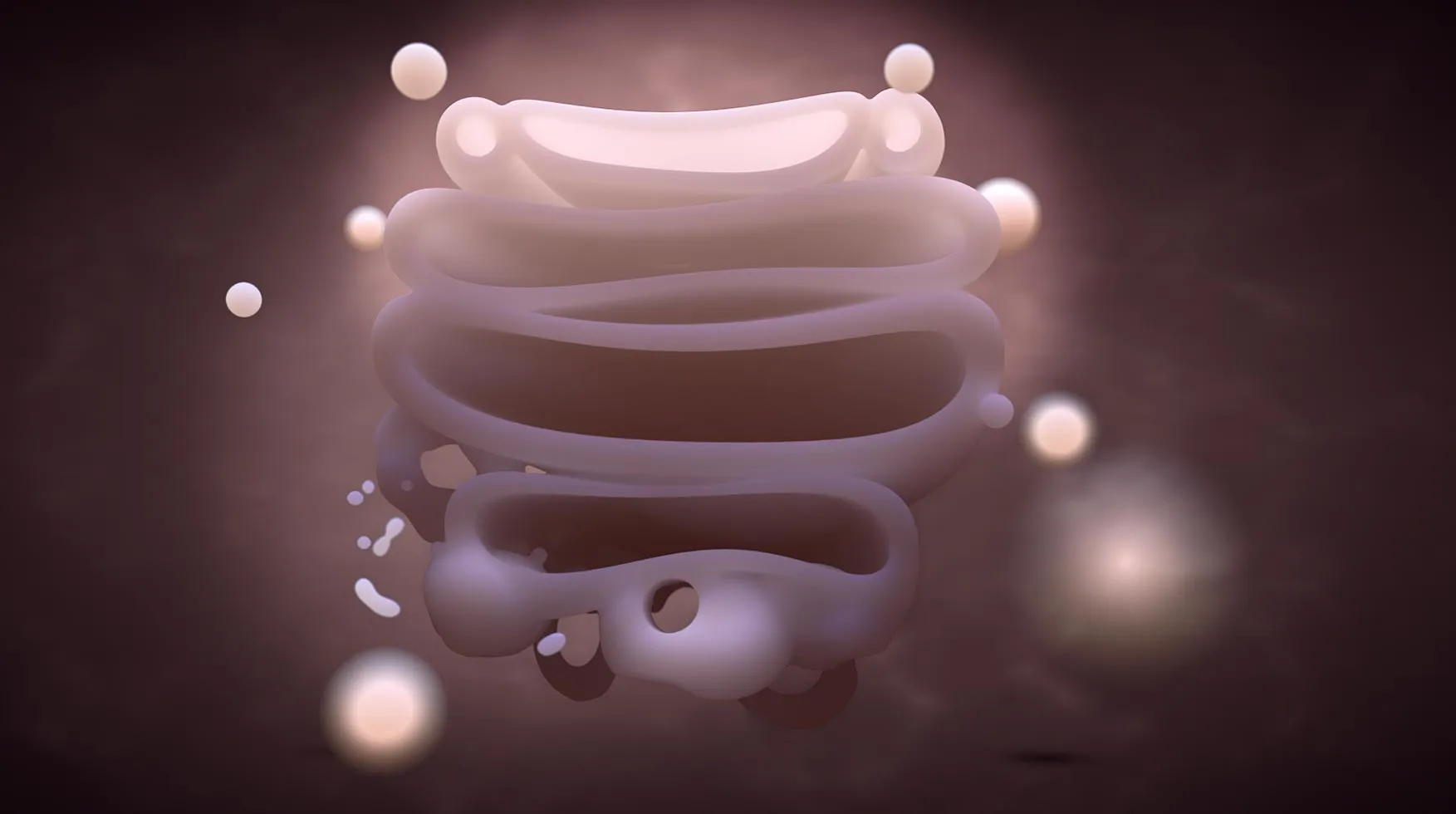
The Golgi apparatus, also known as the Golgi complex or Golgi body, is a fascinating structure found within eukaryotic cells. Named after the Italian biologist Camillo Golgi, who first described it in 1898, the Golgi apparatus plays a crucial role in the processing, sorting, and packaging of proteins and lipids for transport within the cell or secretion to the extracellular space.
While the Golgi apparatus may appear small and inconspicuous, its functions are vital for the proper functioning of the cell and organism as a whole. In this article, we will delve into eight intriguing facts about the Golgi apparatus, shedding light on its structure, functions, and significance in biology. So, let’s embark on this exciting journey to explore the mysteries of the Golgi apparatus and gain a deeper understanding of its remarkable role in cellular biology!
Key Takeaways:
- The Golgi apparatus, discovered by Camillo Golgi in 1898, is a vital organelle that modifies proteins and helps in their sorting and packaging for transportation within the cell.
- This dynamic organelle is involved in the synthesis of complex carbohydrates, plays a key role in lysosome formation, and is present in almost all eukaryotic cells, making it essential for maintaining cellular functions.
The Discovery of Golgi Apparatus by Camillo Golgi
The Golgi apparatus, named after its Italian discoverer Camillo Golgi, was first observed in 1898 using his innovative staining technique.
The Stacked Structure of Golgi Apparatus
Golgi apparatus consists of a series of stacked, flattened sacs called cisternae, which give it a distinct appearance.
Protein Modification and Golgi Apparatus
The Golgi apparatus plays a crucial role in modifying proteins synthesized in the endoplasmic reticulum.
Sorting and Packaging of Proteins by Golgi Apparatus
Once modified, proteins are sorted and packaged by the Golgi apparatus into vesicles for transportation.
Golgi Apparatus and Lysosome Biogenesis
Golgi apparatus is involved in the biogenesis of lysosomes, which are essential for intracellular digestion and waste disposal.
Golgi Apparatus and Complex Carbohydrate Synthesis
The Golgi apparatus is involved in the synthesis of complex carbohydrates, such as proteoglycans and glycolipids.
Golgi Apparatus: A Universal Organelle
The Golgi apparatus is present in almost all eukaryotic cells, from unicellular to multicellular organisms.
The Dynamic Nature of Golgi Apparatus
The Golgi apparatus is a dynamic organelle, undergoing constant remodeling to adapt to cellular needs.
Conclusion
In conclusion, the Golgi apparatus is a fascinating cellular organelle that plays a crucial role in processing, packaging, and transporting proteins and lipids within the cell. This complex structure, composed of flattened membranous sacs called cisternae, helps to maintain cellular homeostasis and ensures proper cellular function.Throughout this article, we have explored eight intriguing facts about the Golgi apparatus. We have learned about its discovery by Camillo Golgi, its unique structure and organization, and its involvement in various cellular processes such as glycosylation and vesicle formation. Additionally, we have discussed its importance in cell secretion, protein sorting, and the regulation of cellular signaling pathways.Understanding the Golgi apparatus and its functions provides valuable insights into the intricate workings of the cell. Further research in this field can help unravel the mysteries of cellular biology and contribute to the development of new therapeutic approaches for various diseases.
FAQs
1. What is the Golgi apparatus?
The Golgi apparatus is a cellular organelle involved in processing, packaging, and transporting proteins and lipids within the cell.
2. Who discovered the Golgi apparatus?
The Golgi apparatus was discovered by Italian physician and biologist, Camillo Golgi, in 1898.
3. What is the structure of the Golgi apparatus?
The Golgi apparatus consists of a series of flattened membranous sacs called cisternae, stacked on top of each other.
4. What functions does the Golgi apparatus perform?
The Golgi apparatus performs functions such as protein modification, glycosylation, lipid metabolism, and the formation of transport vesicles.
5. How does the Golgi apparatus contribute to cellular secretion?
The Golgi apparatus plays a vital role in packaging proteins into vesicles and sending them to the cell membrane for secretion.
6. Does every cell have a Golgi apparatus?
Yes, the Golgi apparatus is present in most eukaryotic cells, including animal and plant cells.
7. Can the Golgi apparatus regulate cellular signaling pathways?
Yes, the Golgi apparatus can modify and sort proteins involved in cellular signaling, thus influencing important physiological processes.
8. Does the Golgi apparatus play a role in maintaining cellular homeostasis?
Indeed, the Golgi apparatus is essential for maintaining cellular homeostasis by controlling the distribution and processing of membrane proteins and lipids.
Golgi apparatus facts are truly captivating, but there's even more to explore! Astonishing details about Golgi apparatus processing await your discovery, revealing the intricate workings of this cellular marvel. Protein trafficking also holds a wealth of fascinating insights, unveiling the complex journey proteins undertake within cells. Delve deeper into these topics and uncover a world of biological wonders that will leave you marveling at the incredible complexity and precision of life at the cellular level.
Was this page helpful?
Our commitment to delivering trustworthy and engaging content is at the heart of what we do. Each fact on our site is contributed by real users like you, bringing a wealth of diverse insights and information. To ensure the highest standards of accuracy and reliability, our dedicated editors meticulously review each submission. This process guarantees that the facts we share are not only fascinating but also credible. Trust in our commitment to quality and authenticity as you explore and learn with us.


